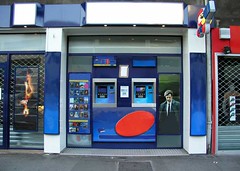Via internet actu, the Playdocam seems to be an interesting device:
PlaydoCAM™ transforms your ordinary web camera into a motion-tracking gaming device and places you at the centre of a unique online gaming experience. Many PlaydoCAM™ games are under development for both single and multiplayer action.For the widest audience possible PlaydoCAM™ is based on standard Flash and Shockwave technology and can be played directly in your web browser without the need of extra plug-ins or installations. playdoCAM™ is available for custom made entertainment and can also be used offline for a high quality fullscreen experience suitable for exhibitions, display window advertising and more.
Eyekanoid and Playdojam are pertinent examples of new game interactions (a la eye-toy).


Why do I blog this? I find interesting that the innovation in the video game industry is now more and more than just games. Using web-based/like applications (shockwave/flash, it's easier and cheaper than buying a development kit; distributing on the web is way cheaper than having an editor...). And the focus on tangible interaction is more and more present.

















